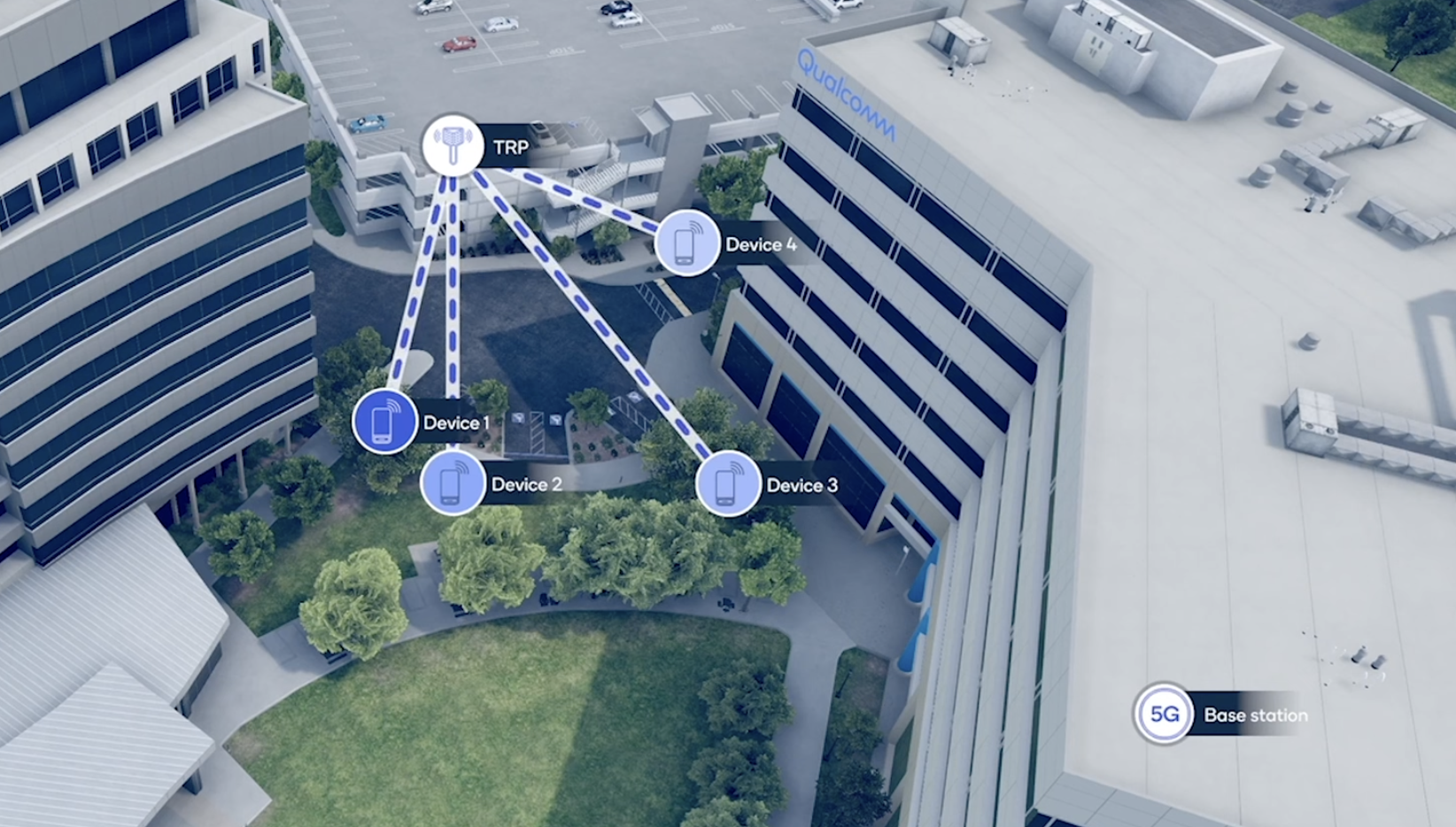Repeaters and reconfigurable intelligent surfaces could help simply and quickly extend 5G mmWave coverage
As the demand for mobile broadband capacity in user-dense environments like stadiums continues to increase, Qualcomm continues to work to improve the near-term performance of mmWave communications, as well as to enable cost-efficient deployments to expand mmWave coverage in hot spots where extreme network capacity is required. At the same time, the company is thinking long-term about how mmWave will fit into future 6G planning given the massive amount of bandwidth and channel sizes available.
Qualcomm Senior Director of Technology Ozge Koymen talked through enhancements to the company’s mmWave network at its California headquarters and called out feature enhancements like multi-user MIMO that increase system capacity to support emerging use cases like Extended Reality (XR). “But on top of that,” he said, “we want to make this cost-effective. That’s where we start bringing in some of the new network nodes that we develop, things like repeaters…new devices like wireless access and backhaul, as well as future devices that enable a cost-effective toolbox for operators to make deployments.”
To Koymen’s comment on making mmWave deployment cost-effective, the idea here is two-fold: add in-demand feature improvements while also spurring operator deployments by making things simpler and less expensive. Given the limited propagation characteristics of mmWave spectrum, repeaters promise to help operators maximize coverage from specific radio sites.
In addition to repeaters, Qualcomm is working on reconfigurable intelligent surface (RIS) technologies to help operators strategically extend mmWave coverage. Koymen called it “an exciting area” but set expectations for commercialization closer to the 2030 timeframe when 6G will likely start to be deployed.
The idea is that a RIS is “essentially a mirror that can be configured by the base station. So it’s a passive device. You can think of it as a base station controlling the incoming angle, the reflection direction, the shape of the reflection, and then, once in a while, reconfigure it to address certain coverage holes.” Because of the passive nature of these types of surfaces, Koymen pointed out that the devices wouldn’t need fiber or even wired power if co-deployed with battery-operated solar panels. “This is really an extremely power-efficient, cost-effective way for future coverage enhancement and coverage also.”
Thinking longer-term, Koymen laid out a vision for more widely-deployed mmWave networks that enable wireless sensing; in this case, a real-time look at the radio environment would allow for analysis of blocks or reflections in RF propagation that correspond to the movement of objects in space, even objects that aren’t connected to the network. “Using the existing data signals, we can actually sense the environment,” he said. “We can actually sense the whole environment. We can create a whole digital twin of the environment and use that to provide new services…That’s the exciting part that hasn’t really taken off yet, but certainly, by the time we’re in the 6G timeframe, joint communication sensing will be a great new feature.”
For more on Qualcomm’s advanced wireless R&D, read the following:
- Qualcomm SVP talks wireless R&D philosophy, priorities
- Giga-MIMO is the foundation for wide-area 6G
- Enabling boundless XR with dynamic distributed compute
- Enhancing vehicular safety and experience with cloud/connectivity
- How can operators benefit from digital twin networks?
- Access to more spectrum means more economic and national security

